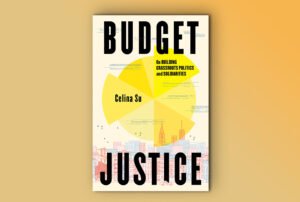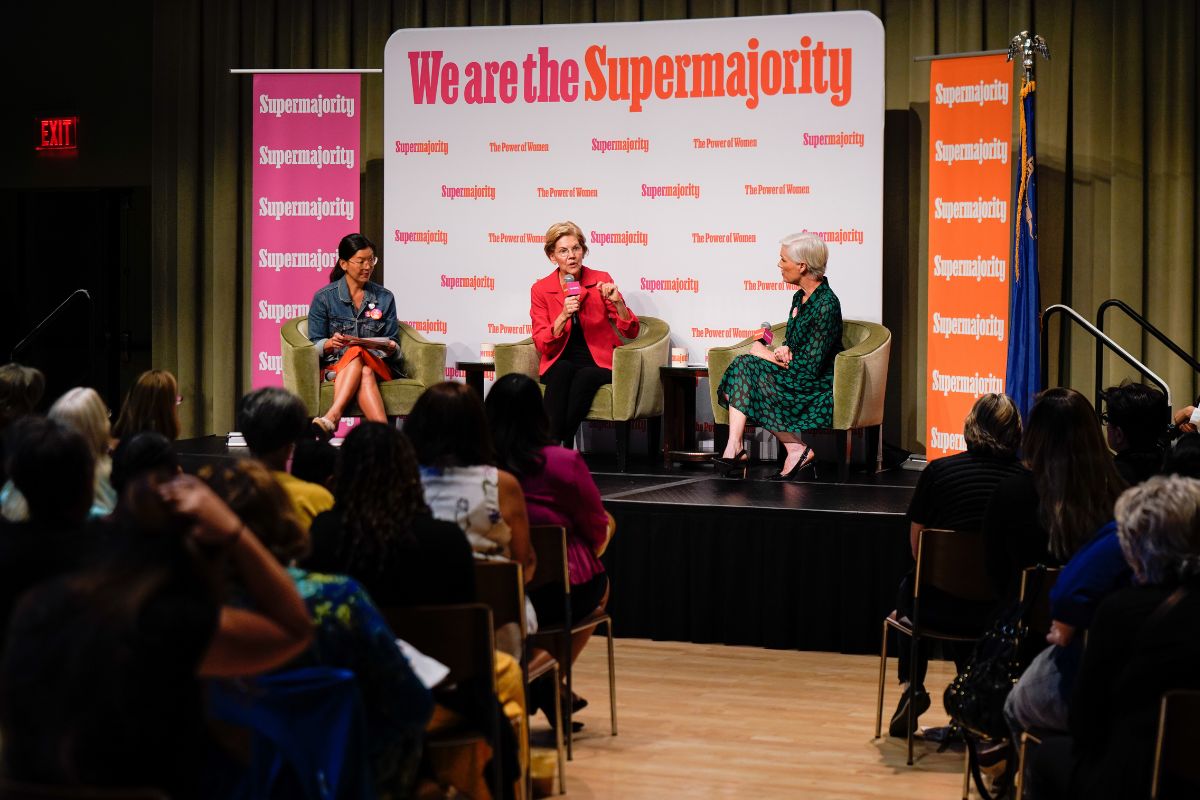
turtix / Shutterstock.com
June 13, 2014; Mondaq, BoardSource, and Cullen & Dykman
In December of 2013, Gov. Andrew Cuomo of New York signed into law the first changes to state statutes governing nonprofit organizations in over 40 years. Most of the law takes effect July 1st this year and it represents some significant changes, many of which are probably overdue. As has already been reported by NPQ, the legislation was drafted in a collaborative effort between lawmakers and nonprofit leaders. Does this legislation offer any tips on what political and nonprofit leaders see for the future of nonprofit governance?
Some of the changes included in the legislation focus on the structure and workings of governance in the nonprofit sector:
- Committees: The legislation now requires that there will be only two types of committees at nonprofit organizations. One, committees of the board, will be made up solely of board directors; the other, committees of the organization, can contain a mix of directors and non-directors. Only committees of the board can bind the organization.
Trends in governance models have been to involve a broader base of the community in governance decisions. Strategies like Community-Engaged Governance offer pathways to moving decisions that would bind the organization outside of the boardroom. This legislation in New York, then, might make that type of governance structure impossible.
- Corporate Structure: The legislation simplified the process of incorporation in the state of New York as a nonprofit. Instead of a multi-category type system, there are now only two types of organizations: charitable and non-charitable.
Other simplifications include not requiring organizations to include a list of intended activities in the certificate of incorporation, allowing the Dep’t. of State to correct minor typos and other errors in documents being filed, and certain actions such as merger and collaboration now only needing the approval of the Attorney General rather than requiring court approval.
These changes give nonprofits that are either forming or taking other significant action in corporate structure to act more quickly and nimbly. In the current environment of rapid change, it only makes sense to allow nonprofits to respond accordingly and adapt without cumbersome requirements.
- Board Actions: Some of the changes provided for in the legislation are merely catching up with trends in the nonprofit sector on a national basis. One such change allows for the use of electronic communication in board actions such as providing notice of meetings, cancelling meetings, and taking a vote. The legislation does require a vote taken using electronic means outside of a board meeting to be unanimous; other states allow for a motion to pass with less than 100 percent if the organization’s bylaws specifically stipulate it.
Speaking of bylaws, it is now possible for nonprofits in New York to change the number of directors serving on the board without having to change the bylaws.
Sign up for our free newsletters
Subscribe to NPQ's newsletters to have our top stories delivered directly to your inbox.
By signing up, you agree to our privacy policy and terms of use, and to receive messages from NPQ and our partners.
As with the previous changes, these help nonprofits act more swiftly and dexterously, taking advantage of modern technology and other tools to enable the organization to respond and take action as necessary without undue bureaucratic restrictions.
Other parts of the legislation focus more an accountability and government oversight:
- Director Independence: With the new legislation comes a greater focus on ensuring the independence and objectivity of the board and the directors serving on it. For example, it will no longer be possible for an employee of the nonprofit to serve as the chair of the board or hold a position with similar responsibilities. In other words, it will no longer be possible for one person to lead the organization’s administration and its governance—these roles must be split with two people working in tandem to lead.
Following the lead of the IRS, this legislation also takes aim at conflict of interest, making it illegal for any person to participate in any committee, board deliberation or vote on his or her own employment or compensation. The person in question may be asked to provide information, but must not affect the discussion or the vote in any other way.
Other restrictions make it clear that directors must be independent and cannot have significant financial involvement in the organization or be married to anyone with financial involvement, including the giving or receiving of significant amounts of money, with the exception of charitable payments.
- Conflict of Interest: Related party transactions are the subject of a number of points in the new legislation. It is no longer possible for an organization to enter into a related party transaction without acting quite intentionally. The person involved who would benefit from the transaction must make the terms of transaction clear to the board or the committee authorized to make the decision. The board or committee is now also required to review alternatives to whatever extent is possible, and to record in the minutes why the decision was made to go with the related part transaction. If, later, it is determined that inappropriate levels of profit were realized, or if there are any other irregularities, the Attorney General has been given increased power to investigate and prosecute.
Form 990 of the IRS has asked about the existence of a Conflict of Interest Policy, but New York State is now taking that one step further and requiring organizations to have one in place. The legislation mandates that the policy include a definition of conflict of interest and would outline specific procedures that will be required to avoid any real or perceived conflict. This includes a stipulation that any director or staff member involved in a decision should not be present in the same room where the board or authorized committee is deliberating and voting.
Related to this is that any organization with more than 20 employees and $1 million in revenue is now required to have a whistleblower policy, protecting anyone within the organization who calls attention to a conflict or illegal action at the nonprofit.
This attention paid to director independence and conflict of interest suggests that there is growing concern about the transparency and the objectivity of nonprofit organizations. These elements of the legislation seem to be intended to make sure that the organization acts only in the best interest of the community and not of any individuals within the organization. This may seem to be a no-brainer, but in the light of scandals in recent years it is likely going to be an increasing trend to ensure that nonprofits are transparent in their actions, and remain focused on benefit to the community. This is not a bad thing—it is only sad that legislation is required to ensure nonprofits act in the manner they are supposed to.
- Financial Oversight: Nonprofit organizations of a certain size in New York are now going to be required to commission an audit committee that would hire, work with, and evaluate an independent auditor every year. Smaller organizations can have a CPA Review report, and very small organizations are allowed to file an unaudited financial report. The determination of each size level, and therefore what the nonprofit is required to file, will change over the years. In 2021, organizations over $1 million will be required to file an audit, organizations between $250,000 and $1 million will have to file the CPA Review Report and organizations $250,000 and under can file the unaudited financial report.
What can we learn from this legislation? In the 40 years since the last overhaul of New York’s laws governing them, much has happened that has affected the way nonprofits do business. As pointed out here, a lot of the changes involve the need to be able to act quickly and swiftly in changing circumstances, but do so with absolute transparency and a focus on community benefit.—Rob Meiksins











